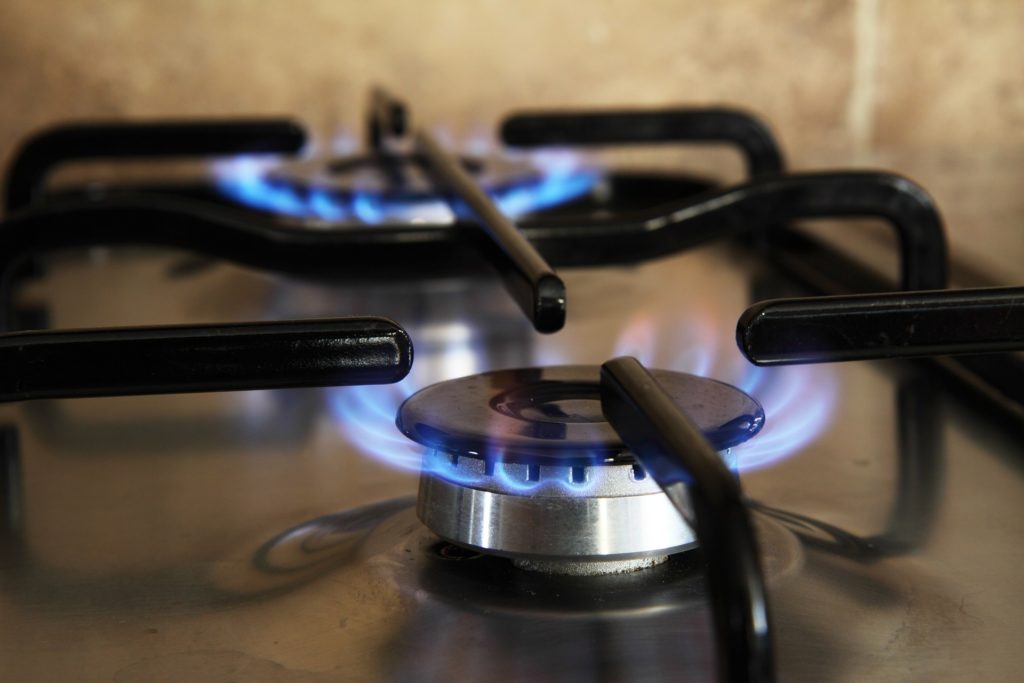
U.S. natural gas inventories are nearing the end of winter well above average, causing futures prices to slump close to their lowest level in real terms in three decades.
Despite several days of shattering cold immediately before Christmas, the winter was fairly mild across the main population centres of the United States, depressing gas consumption.
Working stocks in underground storage amounted to 1,900 billion cubic feet on March 17, according to the U.S. Energy Information Administration (EIA), the highest for the time of year since 2020 and before that 2017.
Stocks were 242 billion cubic feet (+15% or +0.54 standard deviations) above the prior ten-year seasonal average (“Weekly natural gas storage report”, EIA, March 23).
The seasonal storage surplus was a total transformation from a deficit of 263 billion cubic feet (-8% or -0.98 standard deviations) on Jan. 1 and 427 bcf (-13% or -1.52 standard deviations) on Sept. 9.
Chartbook: U.S. gas inventories and prices
LNG EXPORT INTERRUPTION
Gas production climbed to a record 35,804 billion cubic feet in 2022, an increase of 3.7% compared with 2021 and a compound annual rate of 4.1% over the last decade.
But liquefied natural gas (LNG) exports increased to a record 3,866 billion cubic feet, an even faster increase of 8.6% compared with 2021.
However, almost all the increase occurred in the first half of the year, when exports were up almost 17%, before the explosion at Freeport LNG in June 2022.
After the explosion shuttered the plant, exports in the second half of the year were up by less than 1% compared with the prior year.
HOT SUMMER, MILD WINTER
The sudden shift in the production-export balance was initially masked by an unusually hot summer boosting air-conditioning demand and power producers’ gas consumption.
Across the Lower 48 states, the number of population-weighted cooling degree days for the three summer months from June to August 2022 were fourth-highest in records dating back to 1895.
The number of cooling degree days was +68 (+7% or +1.30 standard deviations) above the 10-year average, according to data compiled by the National Centers for Environmental Information (NCEI).
But as the hot summer gave way to a mild winter, the underlying surplus in the production-consumption balance was unmasked (“Residential energy demand temperature index”, NCEI, Feb. 10).
Despite an exceptionally cold few days before Christmas, the total number of population-weighted heating degree days for the three winter months from December to February was the seventh lowest on record.
The number of population-weighted heating degree days from December to February was -152 (-6% or -0.99 standard deviations) below the prior-ten year average.
SURPLUS PRESSURES PRICES
The relative lack of heating demand pushed the gas market into a substantial seasonal surplus almost continuously since the middle of September, with the exception of a couple of weeks in late December.
As inventories have trended higher compared with the normal trajectory, prices have come under sustained pressure.
Front-month futures prices had sunk to just $2.15 per million British thermal units on March 23, in only the 1st percentile for all trading days since 1990, after adjusting for inflation.
In real terms, futures prices have slumped from $4.01 (40th percentile) on Jan. 3 and $9.92 (89th percentile) on Aug. 22.
The re-opening of Freeport LNG following repairs and safety assessments should eliminate some of the surplus in the market over the next year.
But ultra-low prices are sending the strongest possible signal to producers to reduce well drilling and completions, while encouraging gas-fired power generators to run for more hours at the expense of coal-fired competitors.
John Kemp is a Reuters market analyst. The views expressed are his own.